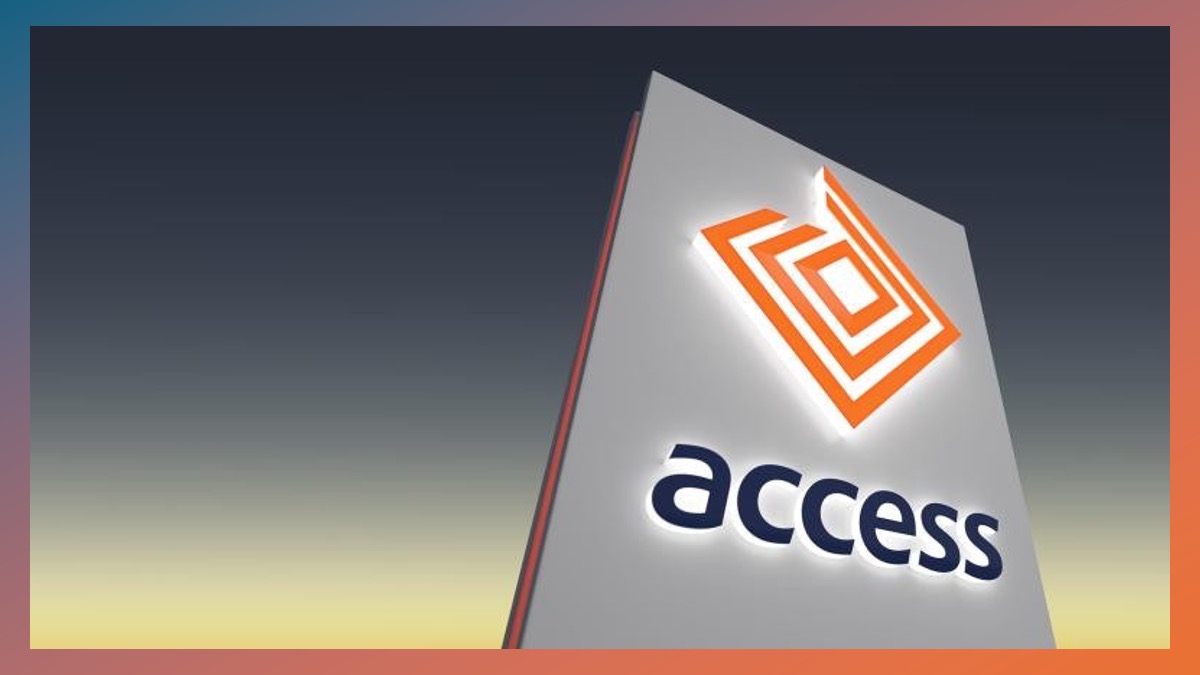Introduction
Access Holdings Plc, one of Nigeria’s financial heavyweights, has undergone a significant transformation, emerging as a multi-sector holding company. This evolution is aimed at achieving synergies across banking, payment services, and asset management. However, with growth and diversification come challenges, particularly concerning its rising debt burden. As Access Holdings’ recent financial reports show an impressive 108.66% year-on-year (YoY) revenue growth, the lingering question is whether this strong performance can effectively offset its growing liabilities.
In this article, we break down Access Holdings’ financial position, scrutinize its debt-to-equity ratio, and explore whether its upward trajectory in revenue is sustainable enough to mitigate its mounting debt pressures.
Debt Overview
From recent quarterly and annual filings, Access Holdings’ liabilities have expanded notably. The key drivers behind this trend include:
- Aggressive Expansion Strategy: Access Holdings has adopted an ambitious growth model, increasing its market footprint within Nigeria and across Africa. This strategy, though beneficial for long-term growth, has led to significant capital expenditures funded primarily by debt.
- Short-term Borrowings and High Leverage: With rising interest rates in Nigeria (currently 27.5%, as seen in November 2024), the cost of servicing these loans has also grown.
Analyzing its recent reports reveals that Access Holdings’ total liabilities currently stand at ₦74.97 billion, a substantial figure that underscores its need for prudent financial management.
Revenue Growth Analysis
On the bright side, Access Holdings has posted remarkable revenue performance, achieving 108.66% YoY growth. This growth is fueled by multiple factors:
- Diversified Revenue Streams: Access Holdings’ operations in retail banking, digital payment solutions, and asset management have allowed it to capitalize on Nigeria’s growing financial services demand.
- Strategic Acquisitions: The company’s expansion into other African markets, combined with acquisitions, has bolstered its non-interest income and loan portfolio.
- Improved Customer Base and Digital Transformation: Leveraging fintech innovations has helped Access Holdings enhance its operational efficiency and attract a wider customer base.
Despite this stellar performance, revenue alone cannot immediately resolve the debt crisis unless it is coupled with a reduction in expenses and improved profit margins.
Debt-to-Equity Ratio: Assessing the Balance
A key metric for understanding Access Holdings’ financial health is its debt-to-equity ratio. Recent figures indicate a rising trend in this ratio, driven by higher liabilities compared to its equity base:
- Total Debt: ₦13.6 billion (quarterly)
- Total Equity: ₦9.09 billion
This translates to a debt-to-equity ratio of 1.5, signaling significant leverage. For investors, this ratio raises concerns about the company’s ability to maintain solvency, particularly if revenue growth slows or the interest environment tightens further.
Future Outlook: Can Revenue Outpace Liabilities?
Access Holdings’ strategy centers on maintaining its revenue growth momentum through:
- Continued Digital Expansion: Investments in fintech and digital banking solutions are projected to drive transaction volumes and reduce operational costs.
- Regional Diversification: Penetrating underbanked markets in Africa provides opportunities for future revenue streams, particularly as financial inclusion grows.
- Cost Optimization: Reducing non-performing loans (NPLs) and administrative expenses will be critical in balancing profitability and liabilities.
However, challenges persist:
- Rising Interest Rates: Nigeria’s interest rate hikes to 27.5% increase the cost of debt servicing.
- Currency Risks: Given Access Holdings’ exposure to multiple African economies, currency devaluations could impact its foreign operations.
Access Holdings must deliver a consistent increase in profitability, not just topline revenue growth, to effectively manage its growing debt.
Conclusion: Investor Perspective
While Access Holdings’ 108.66% YoY revenue growth is commendable, its rising debt and leverage remain key concerns. The company’s ability to balance growth with prudent debt management will be essential in maintaining investor confidence.
For investors, the outlook hinges on Access Holdings’ ability to:
- Sustain strong revenue growth through innovation and regional expansion.
- Lower its debt-to-equity ratio by enhancing profitability and cutting costs.
- Navigate macroeconomic challenges, including interest rate hikes and currency risks.
In conclusion, Access Holdings represents a high-risk, high-reward opportunity. Investors should closely monitor the company’s debt management strategies and revenue sustainability over the coming quarters.
